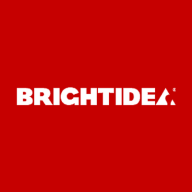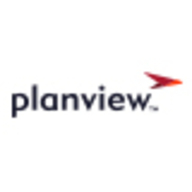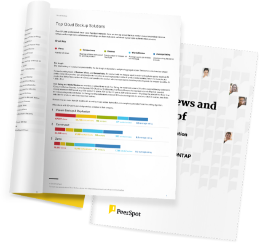It's a little tricky to say what can be improved in the solution because a lot has changed recently and we haven't run a challenge recently enough to look at the last iteration of the platform. When we have feedback for them about an issue, what we find is that either there are solutions or easier ways to do it, things that we just need to have explained to us, which Spigit's team is great at doing. Things that are identified either by us or others that end up needing updating, or bug fixes — when we tell them it would be easier or be cleaner if X, Y, or Z happened — they're great at receiving that. We find that those are almost always changed in the next couple of months or within the year.



